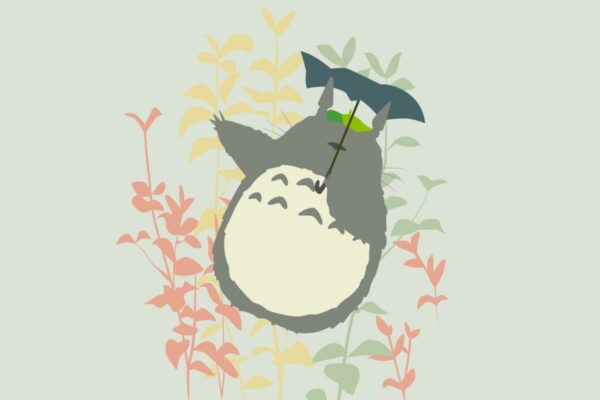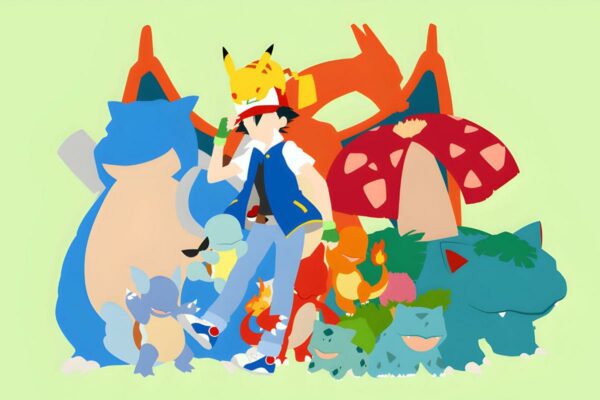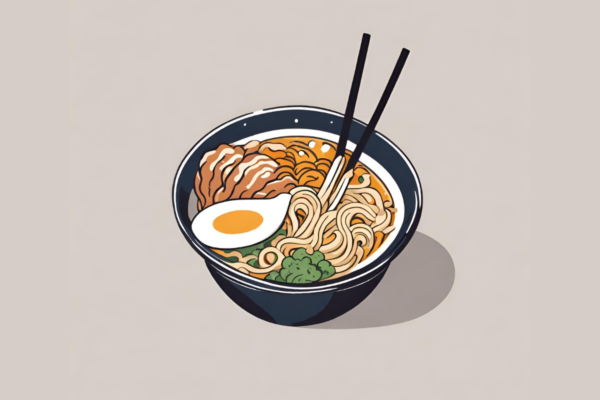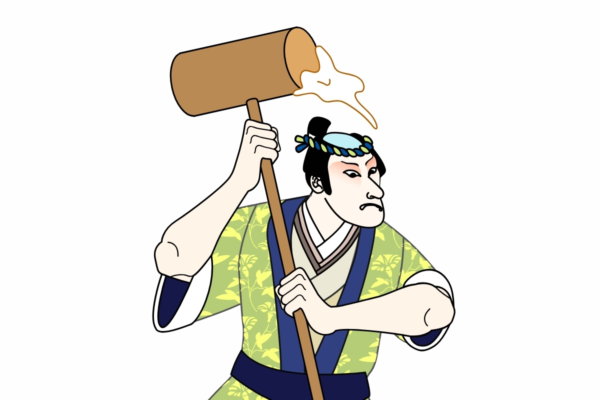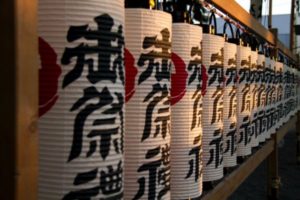From Kamisama Kiss’ Tomoe to Spirited Away’s No-Face, and even Genshin Impact’s Yae Miko and Kujou Sara, these beloved characters all have one thing in common: they are reimagined portrayals of yōkai. In Japanese folklore, yōkai is a general term used to refer to hundreds of monsters, spirits, and demons. Once fearsome and respected, this yōkai have slowly assimilated into modern pop culture, standing with the likes of Hello Kitty and Pikachu as cute mascots from Japan.
While many Japanese scholars lament the modern portrayal of traditional yōkai, they have now become a staple in anime and manga. How many anime come to mind when I say “young boy fights demons”? In these types of stories, fans are introduced to a variety of yōkai, often without historical context as to what they are or where they come from. Be honest, who wasn’t confused when they first saw a kasa-obake on their screen? Thus, to relieve some of that confusion, today we will discuss yōkai and what they are.
What, exactly, counts as a Yōkai?
Yōkai, composed of the kanji for “attractive, bewitching, calamity” and “mystery, wonder, apparition”, are supernatural creatures that originated from traditional Japanese mythology. Through the ages, the number and diversity of yōkai have grown as more authors and storytellers created their own myths and monsters. Today, there is no one English word that can accurately encompass the realm of the yōkai. Monsters, demons, ghosts, spirits, goblins, gods, shapeshifting foxes, talking umbrellas, giant feet from the sky—all these and more are considered yōkai.
In truth, the Japanese themselves have a different understanding of the word. Some may argue over whether gods or ghosts are considered yōkai. Some may believe that benevolent creatures are not, and yōkai can only be evil. Some may think that the vampires and werewolves of the Western world are yōkai too. Thus, a yōkai can really just be any and all of the supernatural entities and phenomena in the world.
Where did stories of Yōkai come from?
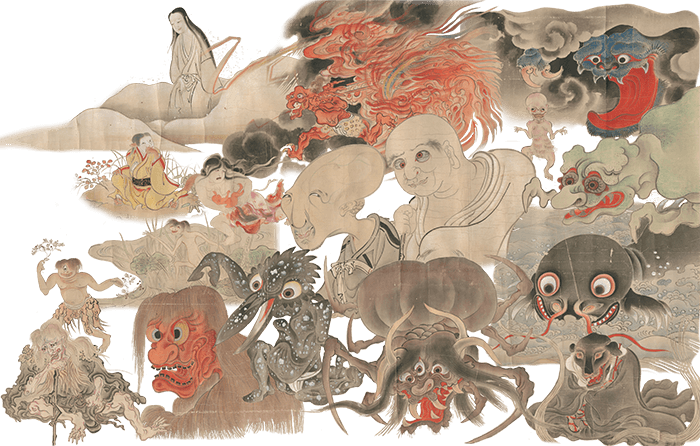
Historically, the earliest records of the supernatural in Japanese mythology can be dated back to the 8th century, within the creation myths and legends of the country. Initially, spirits were believed to be formless—invisible in the eyes of humans. Later, when ancient art developed, these creatures were given shapes and visual representations, first in painted scrolls, and then in encyclopedic compilations.
The first compilation of knowledge on yōkai acknowledged as a database is Toriyama Sekien’s (1712-1788) four catalogs of supernatural creatures. Between 1776-1784, Sekien compiled folk traditions into distinct points of information that later writers can use. He drew information from the oral traditions of rural villages, as well as adding his own creatures into the mix. While he was not the first to write about yōkai, his work is unique in that he identified each creature individually, as free agents rather than as part of a story in Japanese mythology.
In the modern world, Mizuki Shigeru’s works have had a great impact on the contemporary understanding of yōkai. While not as popular overseas, his manga series Gegege no Kitarō (and its various anime adaptations running since 1968) had popularized yōkai, making them more familiar to Japanese children. Mizuki continued Sekien’s encyclopedic database, creating his own codex of yōkai targeted towards younger audiences.
He placed them ethnographically—superimposed on a map to indicate regional origins of each yōkai—and illustrated them in a manga-style. Aside from this, he also included Western “yōkai” in his work, like vampires, witches, and werewolves. Thus, by drawing inspiration from different sources, Mizuki’s work greatly added to the number and diversity of yōkai in pop culture.
While there is no clear categorization for yōkai, there are some common characteristics and traits amongst them. In this article, we have identified six major types of yōkai—reijū, kami, bakemono, tsukumogami, yūrei, and tsukimono. Although with the diverse variety out there, it is likely that some fall outside of this range. On the other hand, some creatures may actually be classified into multiple of these categories.
The Reijū

First, there are the reijū, or the sacred beasts. The most sacred of these sacred beasts are the Four Guardians—Seiryuu, Byakko, Suzaku, and Genbu—who appear in traditions and stories all across East Asia. Aside from these guardians, there are also other types of sacred beasts, ranging from dragons to octopi.
The Kami

Related to sacred beasts, kami are the various gods of ancient Japan, including the aforementioned Four Guardians. Aside from the traditional Shintō gods of Japan, many of these deities originated from Chinese, Indian, and Buddhist myths.
The Bakemono

There are also the bakemono. These are shapeshifting monsters, sometimes capable of taking on a human or humanoid shape. Commonly, they gain these powers on their 100th anniversary. Under this category are the ever popular kitsune and tanuki, but any other animal in Japan can be attributed with these shapeshifting powers. Similarly, tsukumogami are objects that have gained some form of consciousness in their 100th year of existence.
The Yūrei

Yūrei are most closely associated with ghosts, in particular those that were not able to peacefully enter the afterlife. If someone dies in a violent manner, was not given the proper funeral rites customary to Japan, or is overcome with a strong emotion, then their spirit is left on Earth until their purpose is fulfilled.
The Tsukimono

Similar to spirits, tsukimono possess human bodies. This is usually done as a form of revenge—when a human accidentally kills their child or destroys their home. Of course, these possessions can also be fueled by simple greed. The most common tsukimono is the kitsune-tsuki, whose symptoms of possession are likened to that of western demons. Generally, the only way to be rid of these spirits is through the help of wandering priests called yamabushi.
Yōkai in the modern world

Overall, it is impossible to quantify the hundreds of yōkai written and documented through the ages. Unlike mythology, it’s impossible to decipher what is right and wrong in folklore. As stories of yōkai get passed down from generation to generation, it becomes harder to define and categorize them.
Nevertheless, even as time passes, they will surely remain as an important aspect of Japanese culture. In fact, as mentioned earlier, they’re already making quite a splash in the world of anime, film, and video games. This certainly proves the ageless relevance and iconic recognizability of yōkai.










